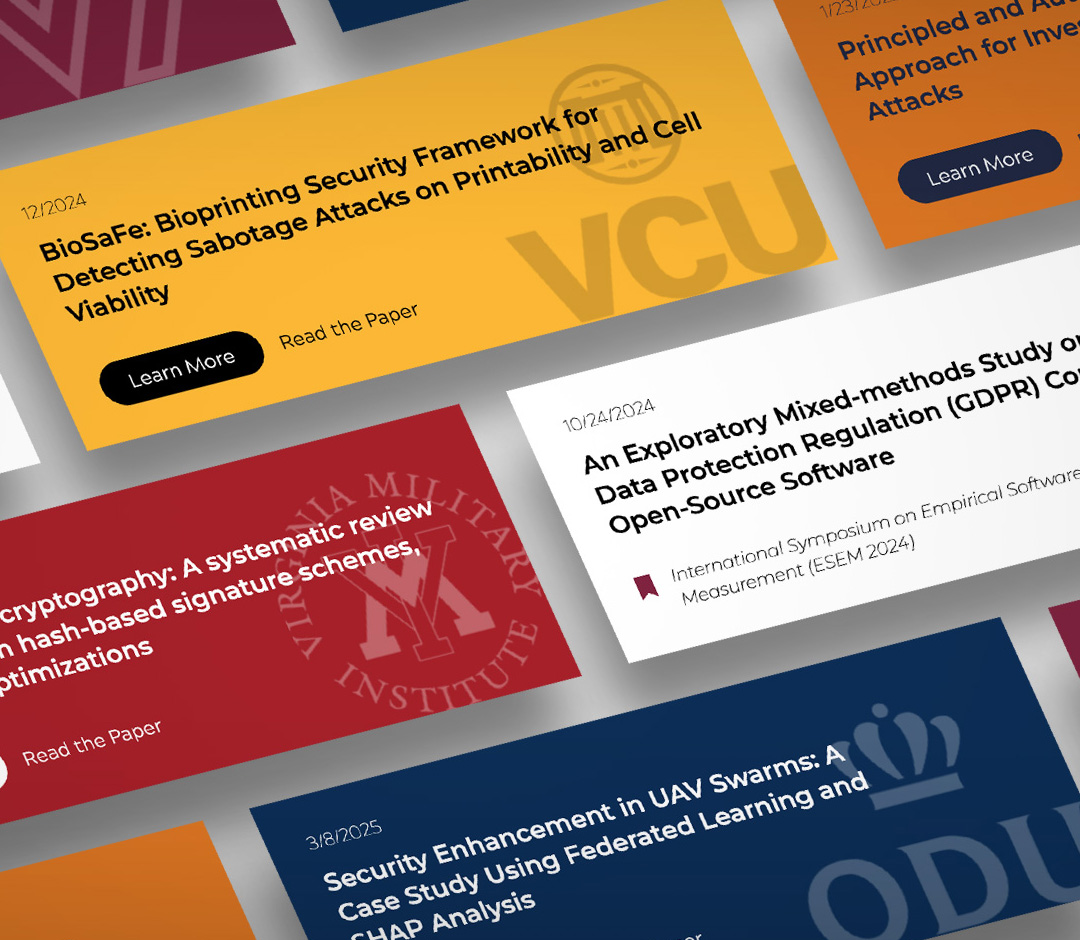Principled and Automated Approach for Investigating AR/VR Attacks
Research Paper Showcase 2025
Abstract
As Augmented and Virtual Reality (AR/VR) adoption grows across sectors, auditing systems are needed to enable provenance analysis of AR/VR attacks. However, traditional auditing systems often generate inaccurate and incomplete provenance graphs or fail to work due to operational restrictions in AR/VR devices.
This paper presents REALITYCHECK, a provenance-based auditing system designed to support accurate root cause analysis and impact assessments of complex AR/VR attacks. Our system first enhances the W3C PROV data model with additional ontology to capture AR/VR-specific entities and causal relationships. Then, we employ a novel adaptation of natural language processing and feature-based log correlation techniques to transparently extract entities and relationships from dispersed, unstructured AR/VR logs into provenance graphs.
Finally, we introduce an AR/VR-aware execution partitioning technique to filter out forensically irrelevant data and false causal relationships from these provenance graphs, improving analysis accuracy and investigation speed. We built a REALITYCHECK prototype for Meta Quest 2 and evaluated it against 25 real-world AR/VR attacks. The results show that REALITYCHECK generates accurate provenance graphs for all AR/VR attacks and incurs low runtime overhead across benchmarked applications.
Notably, our execution partitioning approach drastically reduces the size of the graph without sacrificing essential investigation details. Our system operates non-intrusively, requires no additional installation, and is generalizable across various AR/VR devices.
Authors
- Muhammad Shoaib, University of Virginia
- Alex Suh, University of Virginia
- Wajih Ul Hassan, University of Virginia
Publication
- Venue: USENIX Security 2025
- Date: 1/23/2025



